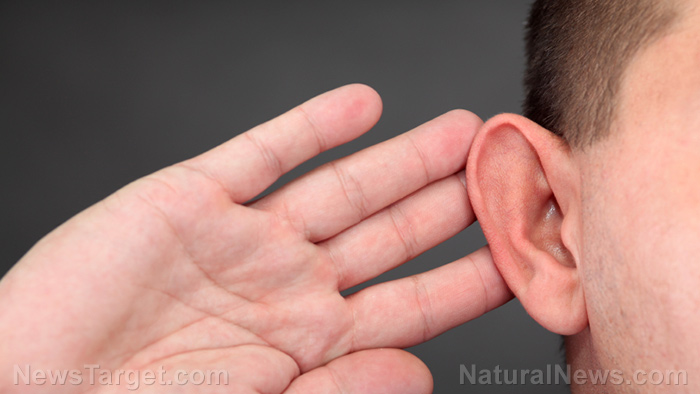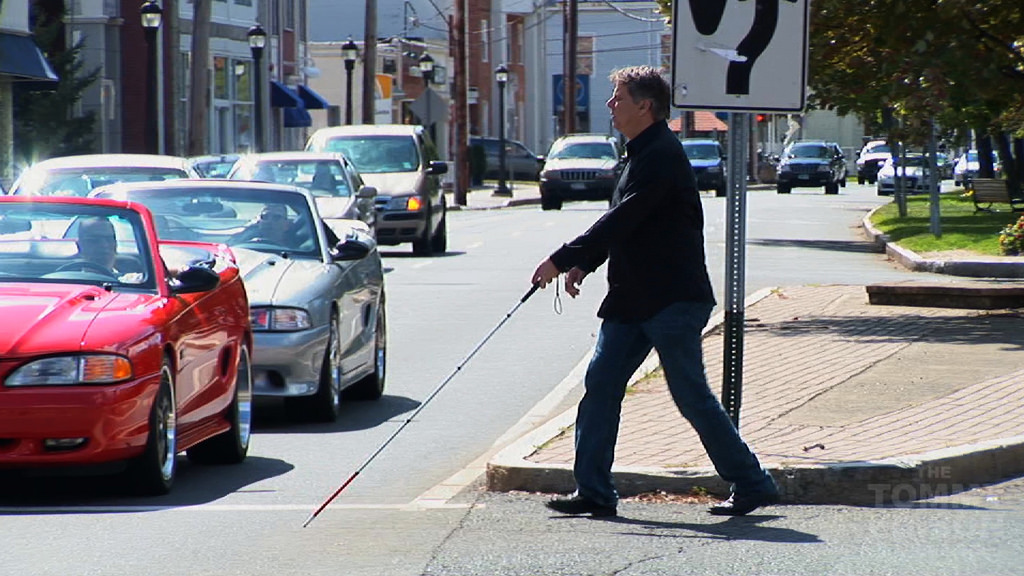
As part of the study, a team of researchers at the Durham University and the Birmingham University in the U.K. examined three blind adults who have been using echolocation since the age of 15 or younger. The participants have used the method all their lives to carry out various activities such as hiking, visiting unfamiliar cities, and riding bicycles.
The research team then recorded and analyzed the acoustic properties of several thousand mouth clicks. An acoustically-controlled room was also used to examined the spatial path that the sound waves followed after the mouth clicks.
The results showed that the mouth clicks produced by the participants possessed a distinct acoustic pattern that was more focused in its direction compared with regular human speech. The scientists also found that the clicks had a relatively short duration at only about three milliseconds long.
The clicks' strongest frequencies ranged between two to four kilohertz. Likewise, the experts noted that the clicks exhibited some additional frequency strength around 10 kilohertz.
"The data we present here suggest similar research opportunities within the context of human echolocation. Relatedly, the data are a basis to develop synthetic models of human echolocation that could be virtual (i.e. simulated) or real (i.e. loudspeaker, microphones), and which will help understanding the link between physical principles and human behaviour," the researchers wrote in PLOS Computational Biology.
Renowned echolocator explains how it is like to use the method
A BBC interview in 2012 chronicled how California native Daniel Kish, a renowned practitioner of echolocation, manages to perform his daily activities day-in and day-out.
Already blind at an early age, Kish was able to develop the sonar technique by sharply tapping his tongue against the roof of his mouth at a speed of about three times per second. This allowed him to build a mental map of various obstacles such as cars, trees, and doorways.
"It is the same process bats use. You send out a sound or a call and sound waves are physical waves - they bounce back from physical surfaces. So if a person is clicking and they're listening to surfaces around them they do get an instantaneous sense of the positioning of these surfaces. It's not that I can really tell metal from wood, but I can tell the difference between the arrangement of structures," Kish told BBC online.
"For example, a wooden fence is likely to have thicker structures than a metal fence and when the area is very quiet, wood tends to reflect a warmer, duller sound than metal. The sense of imagery is very rich for an experienced user. One can get a sense of beauty or starkness or whatever - from sound as well as echo. Even architecture has some distinction. One can click at a building, for example, and hear whether or not the building is ornamented or featureless," Kish added.
While the method appears to be highly effective, Kish noted that some people feel discouraged when using it. According to Kish, some of his students come from schools that actively discourage the use of mouth clicks to navigate their surrounding. Adopting the method verges on blindism as the clicking sounds attract unwanted attention, Kish said.
Kish noted that younger people were actually more receptive of using the sonar technique. The expert's work now focuses on training young children to help boost their confidence and independence.
Read more stories like this on Research.news.
Sources include:
Please contact us for more information.























